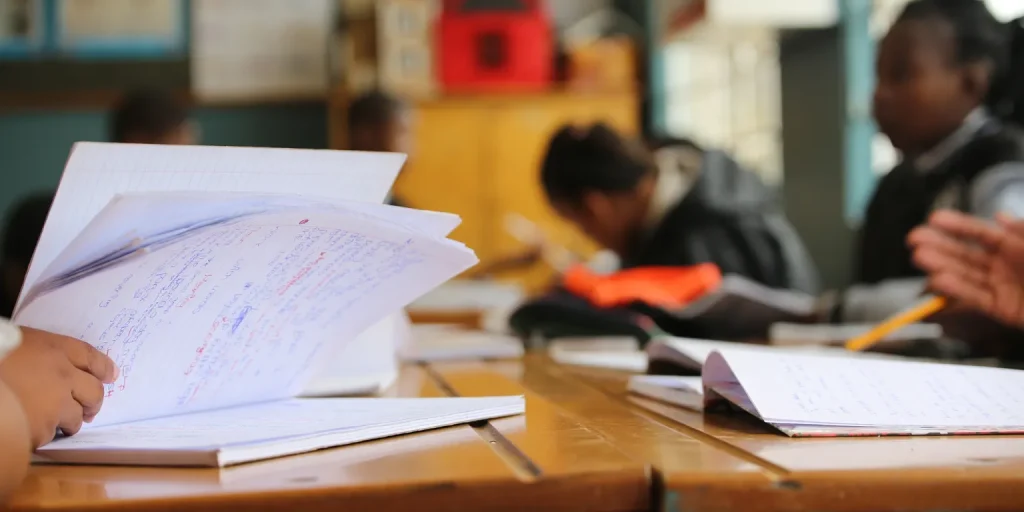
Promoting the study of women in history is always significant, but it takes on special importance in March. March is Women’s History Month, and the 8th of March marks International Women’s Day, making it an ideal moment to educate children about the achievements of women throughout history.
4 EFFECTIVE WAYS TO EDUCATE KIDS ABOUT WOMEN IN HISTORY
1. UNDERSTAND THE SIGNIFICANCE OF WOMEN’S HISTORY MONTH
- Have you ever wondered why an entire month is dedicated to honoring women in history? National Geographic Kids provides valuable insights into the origins of Women’s History Month, the remarkable women it pays tribute to, and the annual theme selected by the National Women’s History Alliance. For young history enthusiasts and trivia buffs, We Are Teachers offers 25 intriguing facts about Women’s History Month, serving as a great resource to educate kids about women’s historical contributions.
2. VISIT HISTORIC SITES EITHER IN-PERSON OR VIRTUALLY
- National Parks and National Historic Landmarks offer immersive opportunities to educate kids about women in history through firsthand experiences. The National Park Service provides a list of locations that delve into women’s history, including:
- “Two American Entrepreneurs: Madam C.J. Walker and J.C. Penney” – Explore the historical sites associated with two prominent 20th-century American business figures (National Historic Landmarks).
- “Clara Barton’s House: Home of the American Red Cross” – Trace Clara Barton’s remarkable journey, from caring for wounded soldiers on Civil War battlefields to founding the American Red Cross (National Park/National Historic Landmark).
- “The Mary McLeod Bethune Council House: African American Women Unite for Change” – Discover the story of Mary McLeod Bethune and her organization’s efforts to drive political and social change for African American women (National Park).
- If visiting these sites in person isn’t feasible, the Eleanor Roosevelt National Historic Site in New York offers a virtual tour of her home at Val-Kill. This virtual visit allows children to witness Eleanor Roosevelt’s activities at home and gain insights into her dedication to humanitarianism, exemplified by her leadership in the creation of the UN’s Declaration of Human Rights.
3. UTILIZE IMAGES FROM THE LIBRARY OF CONGRESS FOR DISCUSSIONS
- Foster conversations about women in history using primary source documents, particularly images, from the Library of Congress’s extensive digital collection. The “Women in Science and Technology” primary source set features photos that can prompt discussions about science education, the portrayal of work, and more. Additionally, the Library of Congress offers discussion questions such as:
- “How has science education evolved over time?”
- “If you were to pose for a photograph in a science class to showcase your work, what setting and elements would you choose to include?”
- The Library of Congress also provides free lesson plans and classroom materials tailored for both teachers and homeschooling families, including lesson plans for Women’s History Month.
4. INSPIRE THE NEXT GENERATION WITH BOOKS FEATURING LESSER-KNOWN ICONIC WOMEN
- While teaching kids about women in history, move beyond the commonly taught “famous firsts.” Below, you’ll find a curated list of age-appropriate books suitable for preschoolers through tweens, showcasing a diverse range of lesser-known iconic women:
- WOMEN’S HISTORY MONTH BOOKS FOR PRESCHOOLERS
- “What Isabella Wanted: Isabella Stewart Gardner Builds a Museum” by Candace Fleming (Best for ages 4-8)
- WOMEN’S HISTORY MONTH BOOKS FOR EARLY ELEMENTARY AGES (K-2)
- “Kate’s Light: Kate Walker at Robbins Reef Lighthouse” by Elizabeth Spires (Best for ages 6-8)
- “Thanks to Frances Perkins: Fighter for Workers’ Rights” by Deborah Hopkinson (Best for ages 6-10)
- “Taking Off: Airborne with Mary Wilkins Ellis” by Emily Arnold McCully (Best for ages 6-8)
- “Away with Words: The Faring Story of Isabella Bird” by Lori Mortensen (Best for ages 6-10)
- “Dangerous Jane: The Life and Times of Jane Addams, Crusader For Peace” by Suzanne Slade (Best for ages 6-10)
- WOMEN’S HISTORY MONTH BOOKS FOR TWEENS
- “Breaking the Mold: Changing the Face of Climate Science” by Dana Alison Levy (Best for ages 8-12)
- “Stitch by Stitch: Elizabeth Hobbs Keckly Sews Her Way to Freedom” by Connie Schofield-Morrison (Best for ages 7-10)
- “It Can’t Be Done, Nellie Bly!: A Reporter’s Race Around the World” by Nancy Ohlin (Best for ages 7-10)
- “Yours for Justice, Ida B. Wells: The Daring Life of a Crusading Journalist” by Philip Dray (Best for ages 10-14)
- WOMEN’S HISTORY MONTH BOOKS FOR PRESCHOOLERS
These books not only impart the stories of remarkable women but also serve as sources of inspiration for the next generation.


